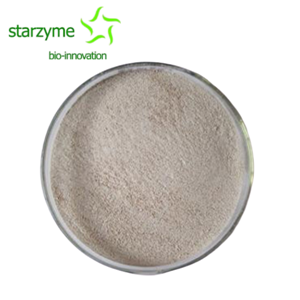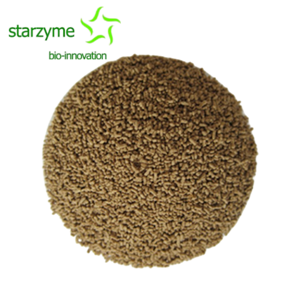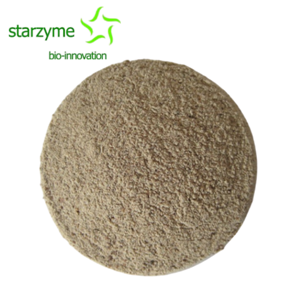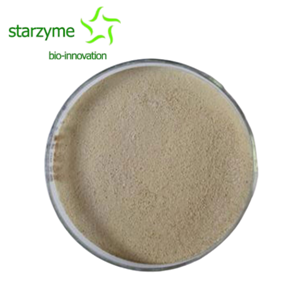Deep Diving Into Phytase and Its Properties, Functions, and Applications
Broadly speaking, Phytase refers to enzymes related to the decomposition of Phytic acid, which actually includes both Phytase and phosphatase. Phytase can only decompose Phytic acid into inositol phosphate esters, but cannot completely decompose inositol phosphate esters into inositol and phosphate.
Phytase (EC.3.1.3.8, inositol hexaphosphate phosphohydrolase) catalyzes the removal of phosphate groups from inositol hexaphosphate (salt or ester). There are currently three known types of Phytase: inositol hexaphosphate 3-phosphatase, inositol hexaphosphate 6-phosphatase, and non-specific orthophosphoric monoacyl hydrolase. These enzymes hydrolyze one phosphate group at the 3rd, 6th, and 2nd carbon positions of inositol hexaphosphate, respectively. This is a broad definition of Phytase, and narrowly speaking, Phytase does not include phosphatase [2].
Mechanism of Action
Phytic acid → D-1,2,4,5,6-pentakisphosphate and D-1,2,4,5-pentakisphosphate → 1,2,5,6-tetraphosphate → 1,2,5-trisphosphate or 1,2,6-trisphosphate → 1,2-bisphosphate → 2-phosphate [1]
Main Roles
Only consider the substitution amount of Phytase relative to dicalcium phosphate, without reference to the potential nutritional value of Phytase. Add it to the feed according to the recommended amount, supplement the calcium content of the replaced dicalcium phosphate with limestone powder, and fill the remaining space with corn, bran, etc
The dosage of Phytase and the amount of calcium hydrogen phosphate to be replaced are determined based on the actual content of Phytate phosphorus in the feed formula. First, the actual content of Phytate phosphorus in the feed formula is calculated, and based on this, the amount of Phytase to be added is determined (150 units of Phytase per gram of Phytate phosphorus). Then, the effective phosphorus provided after adding Phytase is calculated, and the amount of calcium hydrogen phosphate to be replaced and the amount of limestone powder to be added are determined. The remaining space is filled with raw materials such as corn and wheat bran.
Input the value of potentially available phosphorus from Phytase into the formula raw material database, set the total phosphorus requirement in the feed formula (for example, set it to 0.40-0.42% for laying hen feed), and establish the maximum dosage limit for Phytase. Finally, utilize the formula software system to optimize the calculations.
Input the full nutritional value of the provided Phytase into the formula ingredient database, set the maximum dosage of Phytase in the ingredient dosage limit, and directly optimize and calculate the optimal formula by the formula system without any adjustment to the required dosage setting of the formula.
Phytase is generally only suitable for use in monogastric animals. Ruminants generally do not require the use of Phytase in their feed, as rumen microorganisms are capable of synthesizing Phytase.




